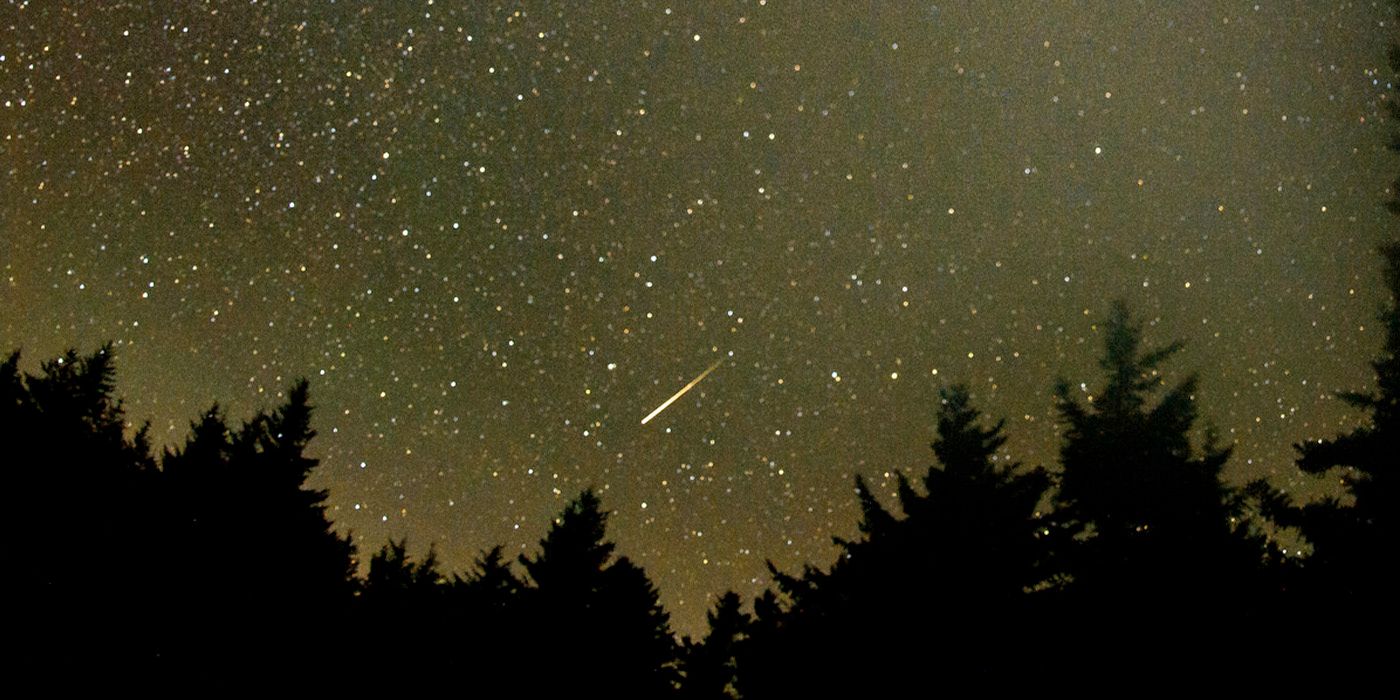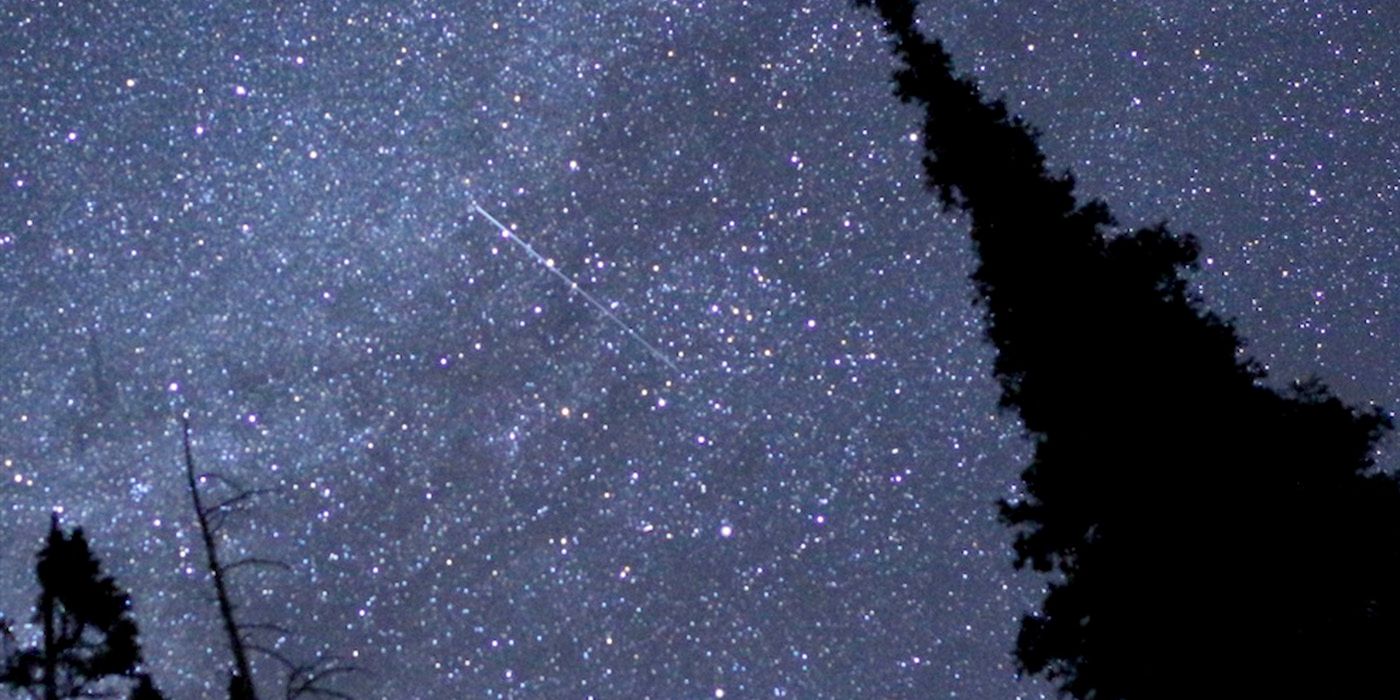NASA has reported the number of observable meteors in the Perseids meteor shower will peak in the next two days, which means now is your best chance to see the celestial event. Officially beginning in July, the Perseids shower fills the sky with dozens, if not hundreds, of meteors every hour during its peak. Even though most people can only expect to see a small portion of the Perseids from where they live, it remains one of the most easily observed meteor showers. The meteors stargazers can expect to see include the classic thin streaks of light, and the occasional fireball.
Named because, from the perspective of observers on Earth, the meteors appear to originate from the Perseus constellation, Perseids are the fragments of the Swift-Tuttle comet. Every year as the Earth revolves around the Sun, the Earth passes near the comet’s path and its fragments pass by the planet. With this shower being the easiest for casual stargazers to observe, the event is something to behold.
With the number of observable Perseids expected to peak in the next two days, NASA has published several recommendations for stargazers hoping to catch a glimpse of the shower at its best. Observers in the northern hemisphere will be able to see the most meteors tomorrow around midnight. To maximize observed meteors, stargazers should find an area with low light pollution and clear skies, and arrive there with at least 30 minutes to spare before the shower’s peak. Because of how acclimated many people’s eyes have become to the light pollution produced in most cities, NASA recommends a person spend at least 30 minutes to let their eyes adjust to the low lighting conditions of a chosen spot. Anyone willing to take these steps will expect to see “40 Perseids in an hour” at best. Even though the meteors get their name because they often look like they are coming from the direction of the Perseus constellation, finding Perseids in that area can be difficult. So the best way to find Perseids will be to simply look up at the clear night sky, even without using a telescope.
Where Else Can The Shower Be Viewed?
The only way to view the Perseids in-person in the southern hemisphere is to be above the 30-degree southern latitude line, but even then skywatchers will see fewer Perseids. For those who cannot see the meteor shower from where they live or are unable to find a suitable location to observe the phenomena, NASA will live-stream the Perseids “Aug. 11-12 (10 pm-5 am CDT; 3-10 am UTC)” on Facebook, Twitter, and Youtube. If the skies are too cloudy to properly stream the meteor shower, NASA will host a second stream on Aug 12-13 during the same time periods.
Anyone who missed the shower at its peak will still have a chance to catch a look at meteors streaking across the sky on the night of August 12th. NASA Also reports the showers will also be easily observable on the same days for at least the next two years. So even if weather conditions keep or location keep obscure the Perseid shower here on Earth, the phenomena will still be the most easily observable meteor shower for a while yet.
Source: NASA


